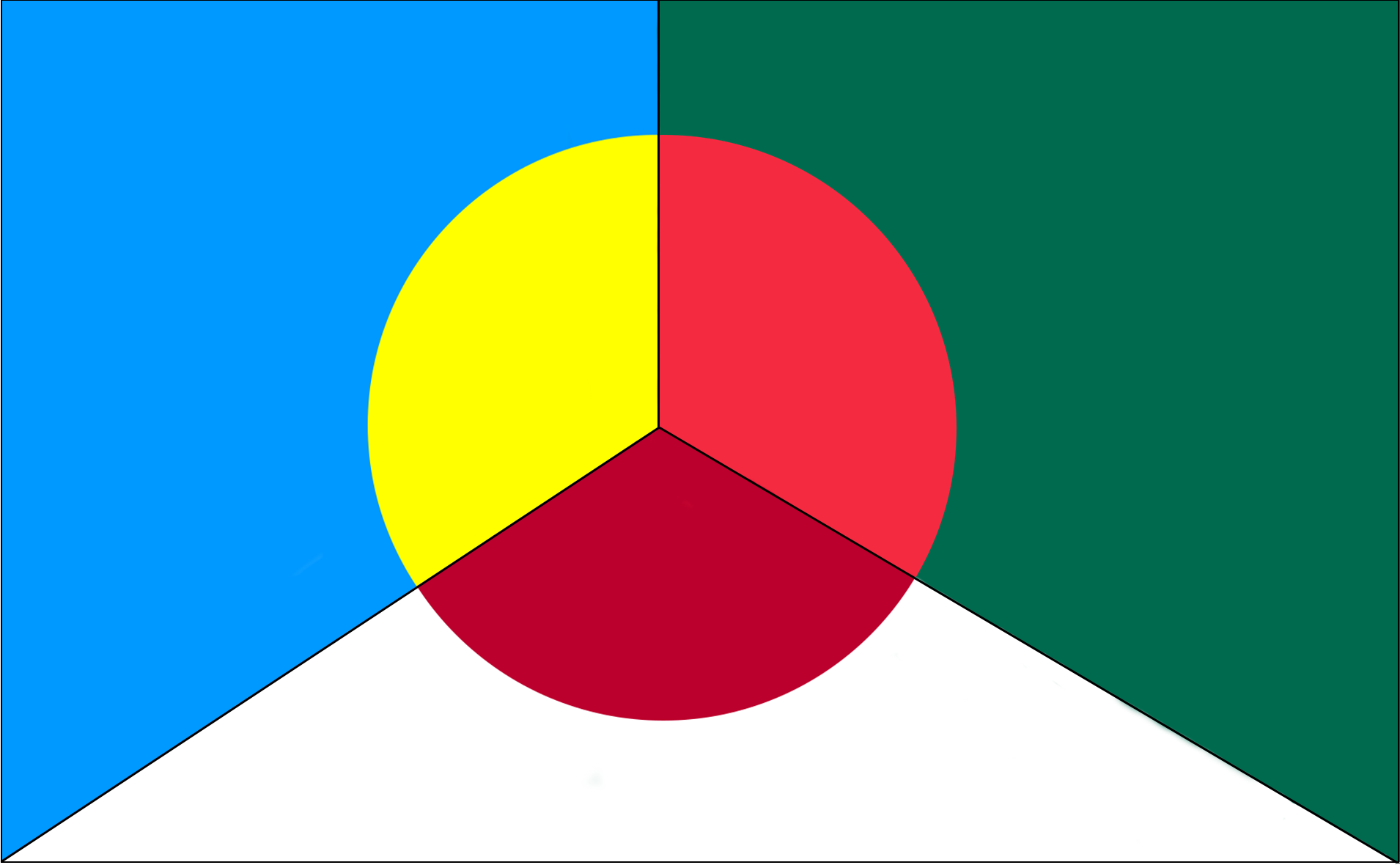The first mention of the Hinomaru flag dates back to 701. Legend has it that a Buddhist priest named Nichiren gave a flag with the sun to a shogun (the highest military position) during the Mongol invasion in the 13th century for the soldier to take with him. The hinomaru became a national symbol and was used during the Battle of Nagashino in 1575. The oldest flag in Japan, dating back to at least the 16th century, is kept in Unpo-ji Temple as a family treasure of the Takeda clan.
In 1854, Japanese ships were ordered to fly the hinomaru to distinguish themselves from foreign ships. Subsequently, in 1870, the hinomaru was proclaimed the trade flag of Japan and the country's first national flag from 1870 to 1885. Although the idea of a national symbol seemed strange to many Japanese, the government considered it necessary for interaction with other countries. After the landing of Commodore Perry in 1853, it was decided to introduce more widespread identification marks, including the national flag, anthem, and imperial seal. The legislation that made the Hinomaru the national flag was repealed in 1885.
The use of the Hinomaru grew in Japan during its quest to create an empire. After early victories in the war with China, the Hinomaru reappeared in celebrations and parades. In textbooks of the time, the flag was depicted with various slogans expressing loyalty to the emperor and the country.
The Hinomaru flag was the flag of Japan during World War II and during the occupation of the country. At that time, permission from the Allied forces was required to raise the flag. In May 1947, restrictions on flying the Hinomaru were lifted. In 1948, the flag was allowed to be flown on national holidays, and from January 1949, it was allowed to be flown at any time without permission. As a result, schools and homes actively displayed the Hinomaru flag until the early 1950s.
After World War II, the Japanese flag was criticized because it was associated with the country's militaristic past. The Hinomaru flag was not used in Japan after the war, but later, when the country regained its diplomatic standing, it was used as a political weapon abroad. The question of the national flag arose again when Tokyo hosted the 1964 Summer Olympics. The size of the sun disk on the flag and the color shade were changed. In 1989, after the death of Emperor Hirohito, moral questions about the national flag were raised.
In 2000, Japanese Prime Minister Keizo Obuchi of the Liberal Democratic Party proposed a bill to make the Hinomaru the official symbol of the country. However, a similar bill was considered back in 1974, but failed to pass. The opposition protested against the law and wanted the issue to be decided by the public. Deputy Secretary General Yukio Hatoyama believed that the bill would further divide society and public schools, but voted for it. The bill was passed by the House of Representatives on July 22, 1999, and by the House of Councillors on August 9.






